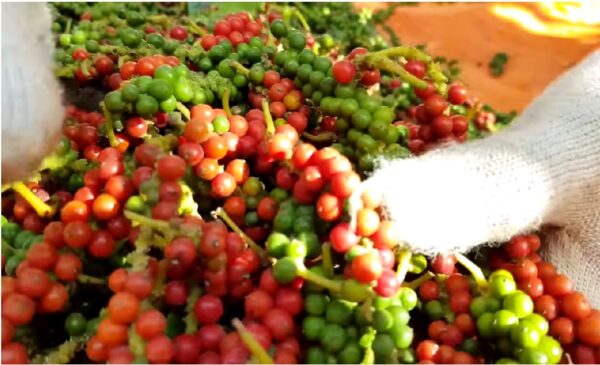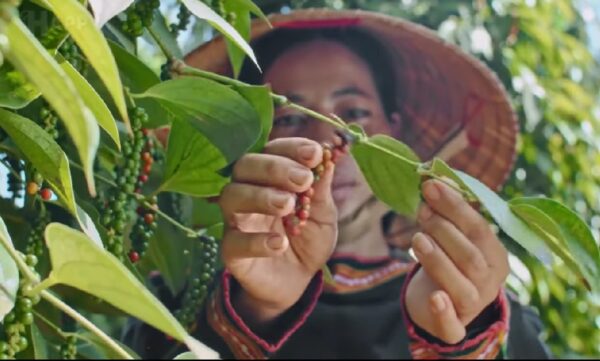Pepper Cultivation in Sri Lanka: Spicing Up the Island’s Economy-By Kalani – eLanka

Sri Lanka, often referred to as the “Pearl of the Indian Ocean,” is renowned for its lush landscapes, diverse biodiversity, and rich cultural heritage. Among its many agricultural products, pepper holds a special place, being one of the country’s most significant export commodities. The island’s favorable climatic conditions and traditional farming methods have made Sri Lanka a global player in the pepper industry. In this article, we delve into the history, cultivation practices, economic impact, and future prospects of pepper cultivation in Sri Lanka.
Pepper has been cultivated in Sri Lanka for centuries, with historical records dating back to the ancient times. It is believed that pepper cultivation on the island began during the reign of King Parakramabahu I (1153-1186 AD). Back then, pepper was considered a precious commodity, often referred to as “black gold,” and its trade played a vital role in the country’s economic prosperity.
Sri Lanka’s tropical climate, characterized by two distinct monsoon seasons, provides ideal conditions for pepper cultivation. The southwestern monsoon brings ample rainfall from May to September, while the northeastern monsoon brings showers from December to February. The country’s central hilly regions and coastal plains offer diverse microclimates suitable for different pepper varieties.

Cultivation Techniques:
- Land Preparation: Farmers typically prepare the land by tilling and adding organic matter to enhance soil fertility.
- Propagation: Pepper is propagated through cuttings or by using nursery-raised seedlings.
- Trellising: As pepper plants are climbing vines, they require support structures or trellises to grow and produce effectively.
- Planting: Planting usually takes place at the onset of the rainy seasons to ensure sufficient water supply for young plants.
- Pruning and Maintenance: Regular pruning helps maintain plant health and encourages higher yields.
- Pest and Disease Management: Common pests like thrips, mites, and diseases like foot rot are managed through integrated pest management strategies and the use of organic pesticides.
Pepper cultivation significantly contributes to Sri Lanka’s economy. The export of high-quality Sri Lankan pepper caters to international markets and earns substantial foreign exchange. Countries like the United States, India, and European nations are major importers of Sri Lankan pepper. Additionally, pepper farming provides employment opportunities for rural communities, boosting their livelihoods.
Despite its long-standing history and economic importance, pepper cultivation in Sri Lanka faces some challenges. Fluctuations in international market prices, competition from other pepper-producing countries, and changing climatic patterns are factors that impact the industry.
To ensure the sustainability of pepper cultivation, Sri Lanka is exploring opportunities to increase value addition, such as producing value-added pepper products like pepper-based spices, extracts, and oils. Emphasizing organic and sustainable practices is another avenue to appeal to conscious consumers and premium markets.
Pepper cultivation has played a vital role in Sri Lanka’s history and continues to be a significant driver of the country’s economy. With its favorable climate and traditional farming wisdom, Sri Lanka remains a prominent player in the global pepper market. By addressing challenges and embracing innovative practices, the future of pepper cultivation in Sri Lanka looks promising, promising a flavorful and prosperous path ahead.







